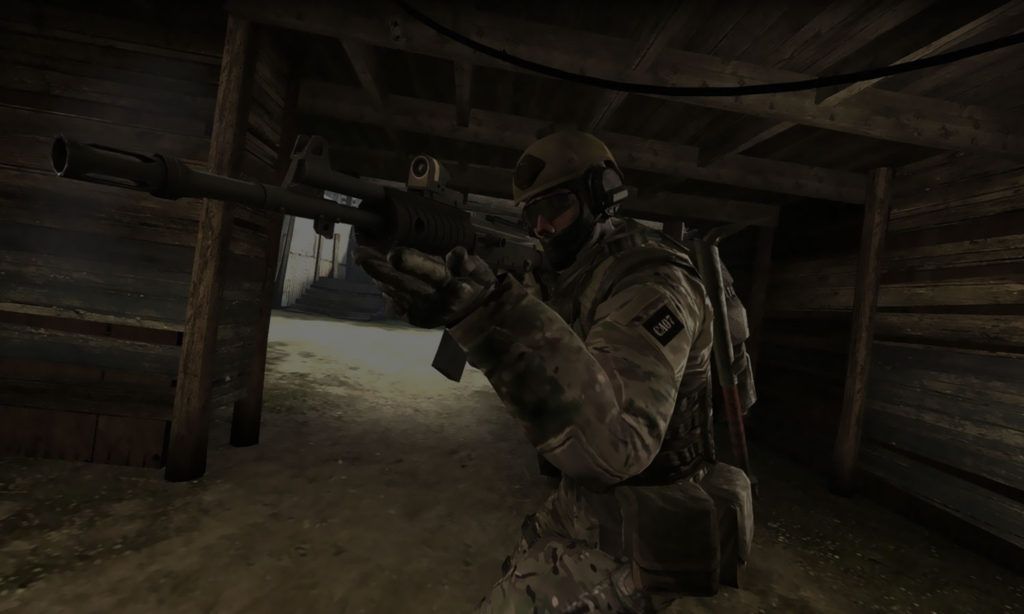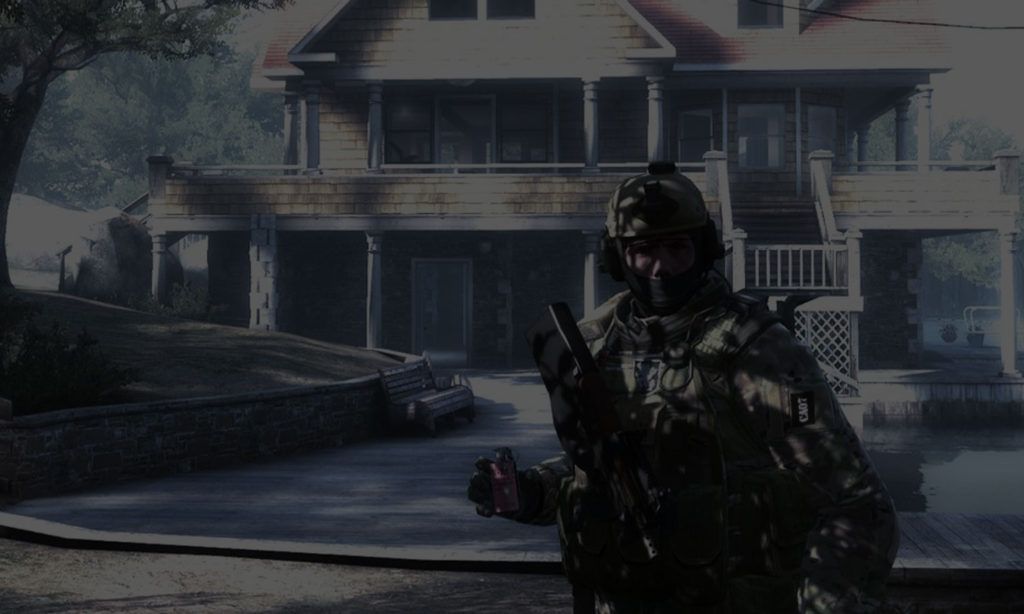CSGO Ranking System – How Does it Work?
For many players, their rank is a deadly serious subject. It’s a quantifiable scale that shows our commitment, experience, and skill to ourselves and the whole community. Sure, it is no easy thing to get all the way near the top but that’s exactly the reason why many players are so proud of their rank and pursue it to extreme lengths.
Despite this, it seems few players have solid knowledge on how you actually gain rank. Simply to win games sounds like the obvious answer. While it certainly is a big part of ranking, if you really want to grind it out to the top as fast as possible it’s a bit more complicated than that. Let’s try and lay it out for you.
The ranking system
In total CSGO has 18 ranks with 5 “subsections” depending on how you look at it. Players start off in Silver 1. There are 6 silver ranks, from 1-4 and then Silver Elite and Silver Elite Master. These are often jokingly called “silver hell”. Mainly because there are a lot of uncommitted or casual players that might not take CSGO as seriously as others.
Next up is Gold Nova 1-3 and Gold Master. Most players fall in the range between Silver Elite and Master Guardian 2. The two biggest brackets are Gold Nova 2 and 3. This means if you are moderately skilled and don’t push the limits you should end up somewhere around here after a time of committed playing.
Now we get to the big boys! The last 6 ranks are: Master Guardian Elite, Distinguished Master Guardian, Legendary Eagle, Legendary Eagle Master, Supreme Master First Class, and Global Elite. Only around 15% of players make it to these last 6 and only the top 1% of players make it to Global Elite.
Why is there so little information?
Anyone who has been a Valve or Steam user or fan over the years know how they like to keep their secrets (any word on HL3 yet?). Valve can be extremely tight lipped when they need to be and it feels as if once the community starts poking, they only tighten more. So as much as anyone would like to explain it to you, for now, it is just speculation.
You might be wondering why that is. Why not give serious players the information they need to rank up? While we can only guess at the true intentions, one reason is plain enough: to stop players from taking advantage of the system to the disadvantage of others. This way they keep the game natural and players play the way it’s meant to be played.
We know that individual play must be included to some degree since many players have reported ranking down after a win and vice versa. If Valve was to announce K/D ratio is the main factor, how many players would only focus on that and ignore the team’s needs?
What we do know
When you start to play CSGO you can’t access your rank at all until you have WON 10 matches, unless of course you got a csgo boost. This is to gauge your performance and get an idea of your potential. You can only play 2 placement games per day and can’t queue with anyone with rank Master Guardian 2 and up unless it’s a full team.
Now that you have won 10 games you are assigned to one of the 18 brackets. You can now play as many ranked games as you like but only queue with players in a 5 rank range of your own, unless it’s a 5 man team. For now, the best guess we have is that ranking is based on a variation of the Elo or Glicko-2 ranking systems, which have previously been used for chess players.
In this model, you have a score and are matched against opponents with a similar score (usually). The bigger difference in score between you and the opponent the more points the lower scored player can gain from a win and lose less from a loss. The opposite applies to the higher ranked player.


